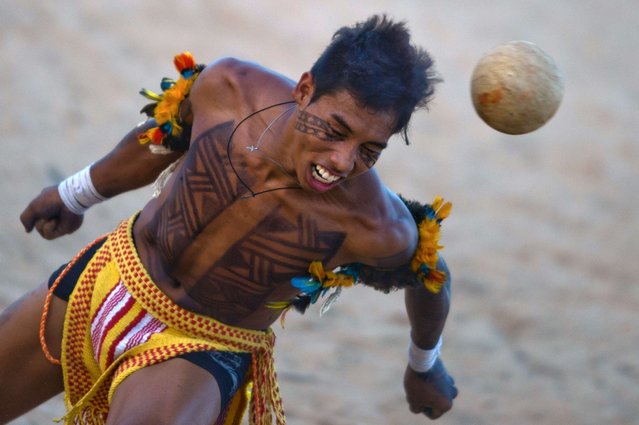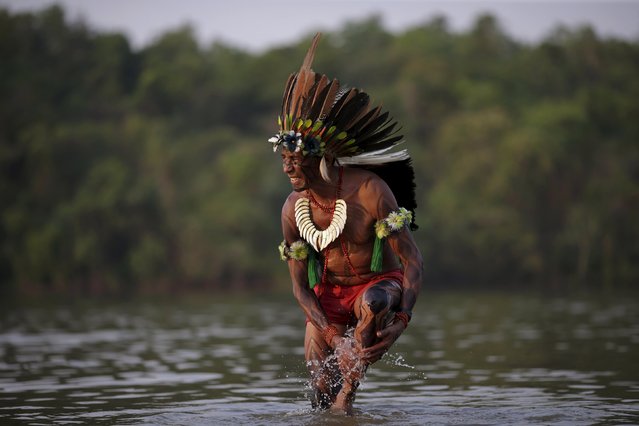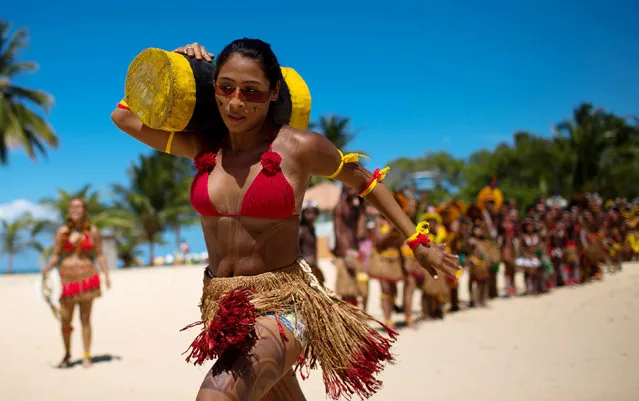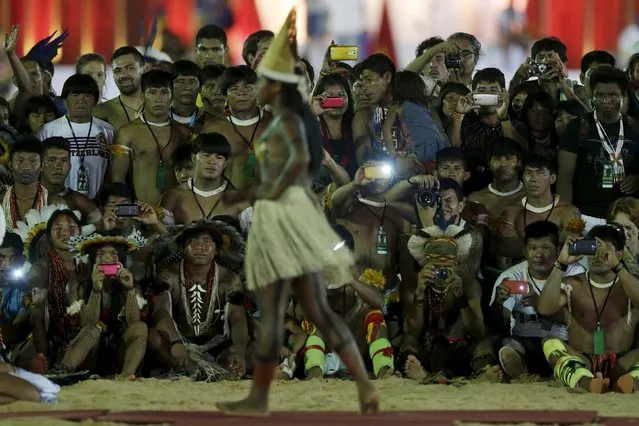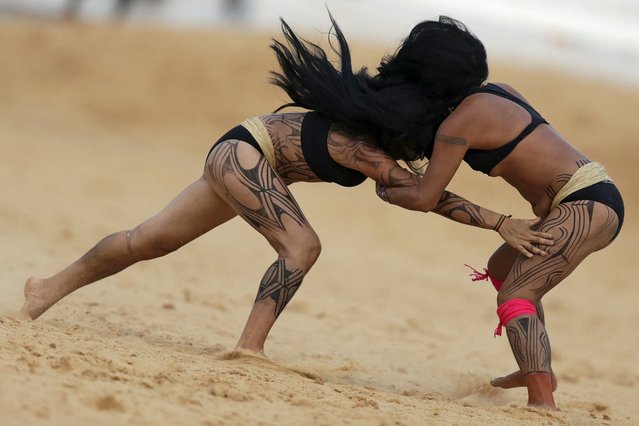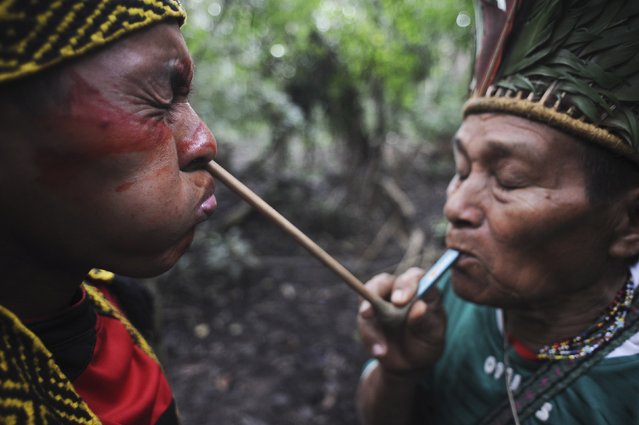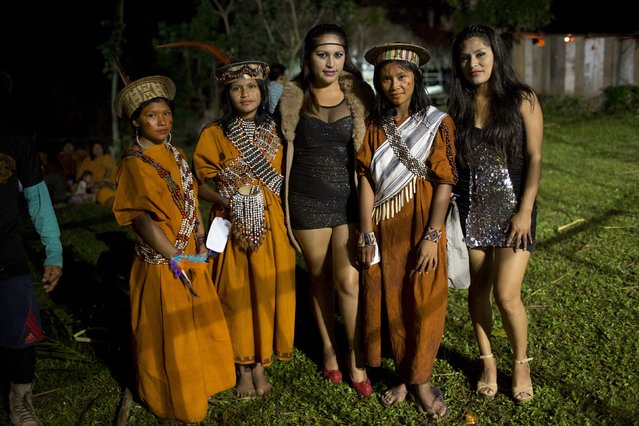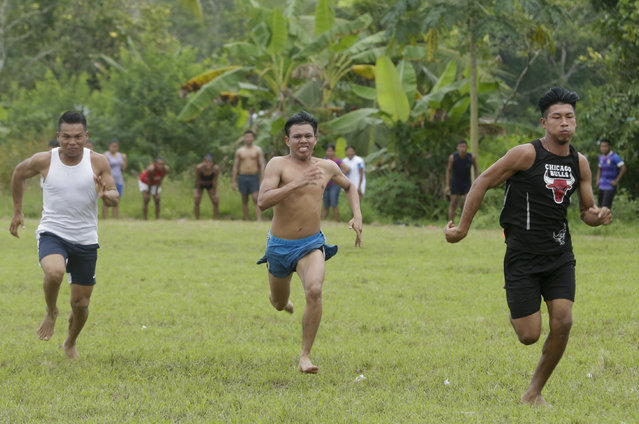
In this November 26, 2018 photo, men run during 100 meters athletics competition of the second edition of the Panamanian indigenous games in Piriati, Panama. These games were held in the Embera town of Piriati, some 55 miles (90 kilometers) east of Panama City. (Photo by Arnulfo Franco/AP Photo)
04 Dec 2018 00:03:00,post received
0 comments

